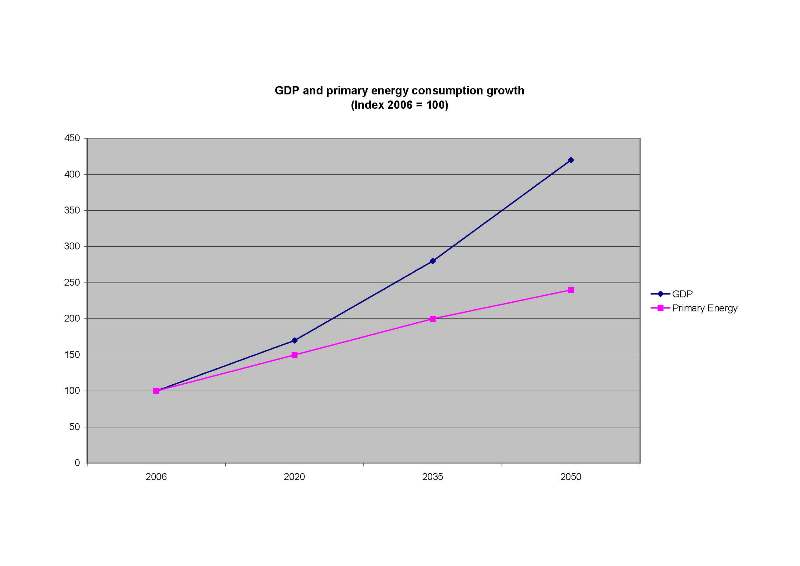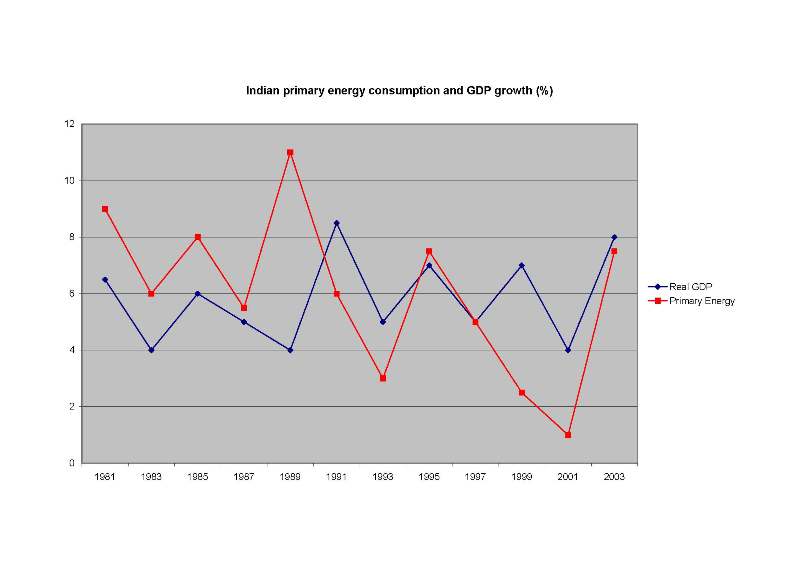Difference between revisions of "Growth of developing markets"
| Line 23: | Line 23: | ||
1. Growth in physical capital stock (new capital investment less depreciation of | 1. Growth in physical capital stock (new capital investment less depreciation of | ||
the existing capital stock) | the existing capital stock) | ||
2. Growth in the labour force | 2. Growth in the labour force | ||
3. Growth in the quality of labour (education levels of the workforce) | 3. Growth in the quality of labour (education levels of the workforce) | ||
4. Technological progress | 4. Technological progress | ||
Revision as of 10:00, 16 September 2009
Description:
Developing markets are increasingly growing and it can be expected that the centre of global economic gravity will change from the developed to the developing markets. The average growth rate of the developed markets is between 0.1-0.2 percentage points per annum for the period to 2050. For developing countries the growth rate is on average more than 3-4% per annum. While the developing markets are growing, they will go through this industrialization phase in which their economy will be more energy intensive.
Source: PWC calculation using IMF, GDP data and BP data on primary energy consumption
Based on growth of developing markets, PWC has developed a scenario of growth based on the developed and developing markets and created the Business as usual scenario linking GDP growth to energy consumption. See below a growth that Gap growth is 3.4% per annum, in this way primary energy consumption is growing with 2% per annum.
Source: PWC, Worldbank and BP
Enablers:
1. Growth in physical capital stock (new capital investment less depreciation of the existing capital stock)
2. Growth in the labour force
3. Growth in the quality of labour (education levels of the workforce)
4. Technological progress
Inhibitors:
Paradigms:
Timing:
Web Resources:
1. http://www.pwc.com/en_GX/gx/world-2050/pdf/world_2050_brics.pdf
2. http://www.pwc.com/en_GX/gx/world-2050/pdf/world_in_2050_carbon_emissions_08_2.pdf

